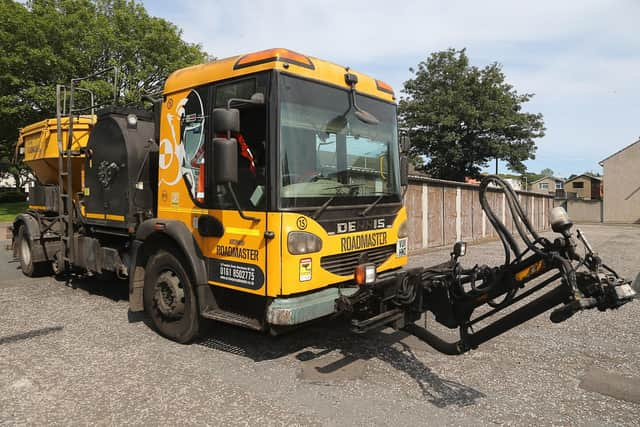Extra £3.5m eats into Fife’s road repairs backlog
and live on Freeview channel 276
The additional money will be used to help deal with a backlog that built up through last winter. Fife's entire road network was inspected and more than 10,000 issues identified, leading to the repair of nearly 40,000 square meters of roads and pavements.
Councillor David Ross, leader of the administration, said: "The primary goal has been to clear the backlog, whilst at the same time ensuring the budget is spent in the best way targeting the worst affected areas. The cycle of annual inspections is now starting again allowing any defects relating to the maintenance of the network to be picked up, which should reduce the number of customer enquiries."
Advertisement
Hide AdAdvertisement
Hide AdThe majority of repairs picked up since the beginning of this financial year have been completed, alongside the backlog carried over from last year. Outstanding smaller repairs are currently being fixed using a Velocity Patcher, with the aim of completing them by the end of October, weather permitting.


The patcher forces air at high speed into potholes to clear them out, before sealing the area with cold bitumen. Aggregate is coated in bitumen and applied, again at high speed.
Councillor Altany Craik, roads spokesperson said: “I saw the patcher in action recently in Glenrothes and it's a really impressive machine. The repair process is fast and creates for a strong durable repair without causing further damage to the road and reducing the need for closures. Carbon emissions are lower, too, because the process doesn't use heat.
"The majority of this work is carried out by our own roads teams so is quicker and more efficient than bringing in external contractors."